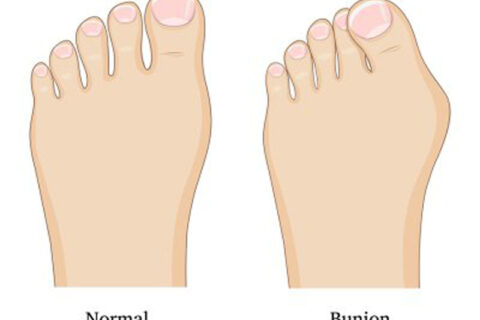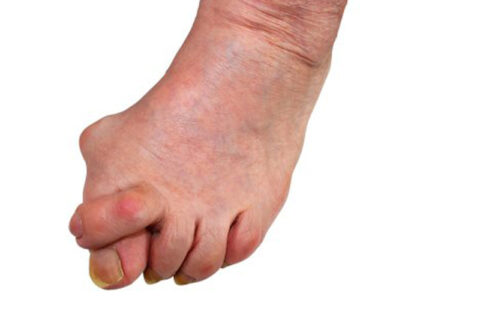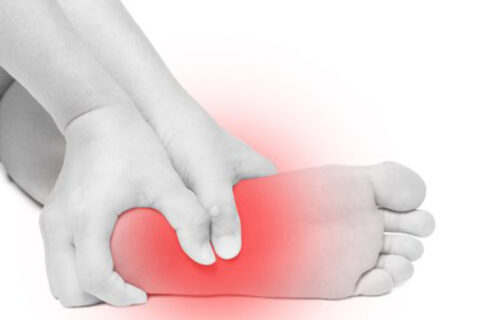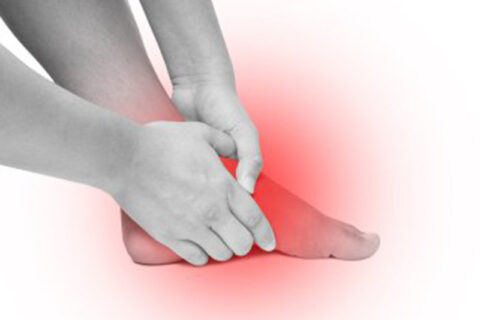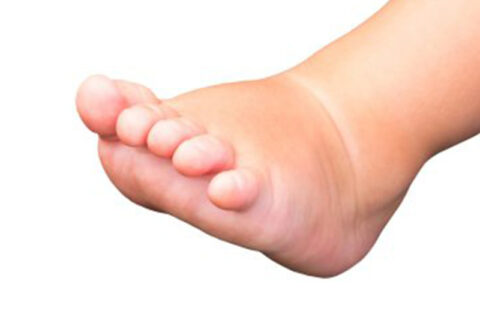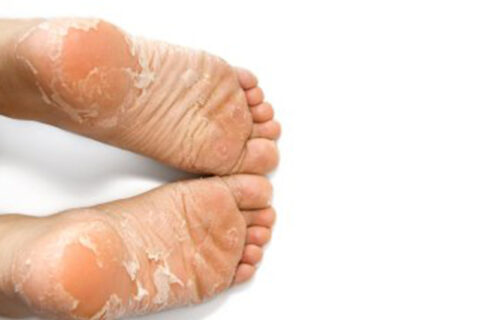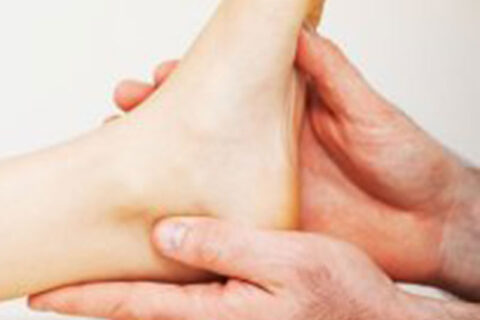Category: Bone Grafting
After you have undergone bunion surgery in Sugar Land, it’s normal to be anxious to determine if the procedure was effective. Because bunions…
Bunion surgery is the only way to correct this painful foot deformity. Unfortunately, it’s possible for the surgery to fail, and for the…
Surgery is a common strategy podiatrists use to correct health problems with the feet. Because recovery time from foot surgery can be lengthy,…
Bunions, which affect women more often than men, might not be dangerous to your overall health, but they are certainly painful. They occur as the…
After being diagnosed with diabetes, a podiatrist in Sugar Land will become an important member of your care team. Foot doctors are experts in…
The appearance of a lump under the skin can be alarming, but fortunately, lumps aren’t always cancerous. Sometimes, the development of lumps along…
Has your podiatrist in Sugar Land suggested reconstructive surgery for your foot pain? If so, then you probably have questions about how your…
Plantar fasciitis is characterized by heel pain caused by inflammation of the plantar fascia, which is a fibrous band of tissue that runs from the…
Are you in need of bunion surgery in Sugar Land? If so, then read on to learn about the reasons why this option might not be effective for every…
Your shoes play a big part in your foot health, and one of the top offenders when it comes to foot pain and injuries is stilettos. Although you may…
